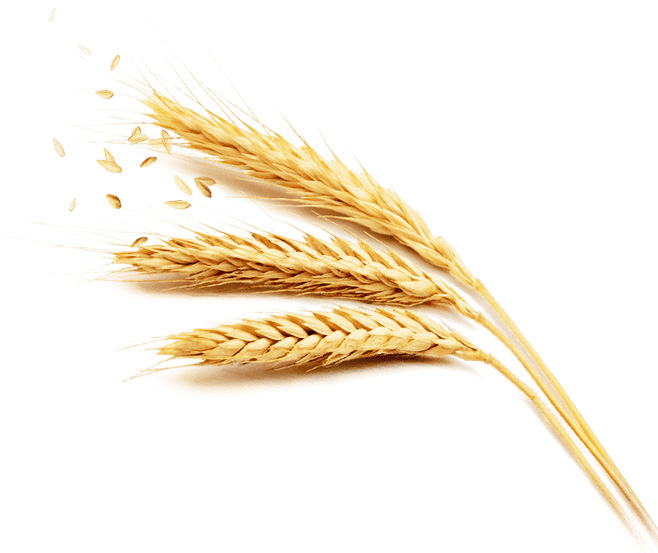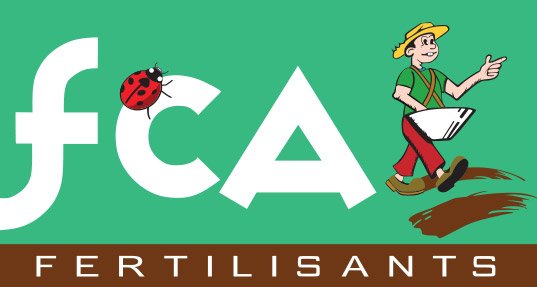
CULTIVATE
STRAW CEREALS
Straw cereals are cultivated in France on more than 7 million hectares, that is to say more than 1 out of 6 hectares of the total French agricultural surface. This type of production includes many varieties depending on the species: common wheat, durum wheat, winter barley, spring barley, triticale, oats and others.
If autumn is characterized by the germination of seeds and the growth of seedlings, it is in spring that the foliage develops and the stems (tillers) multiply and elongate. The grains are formed and filled at the end of the cycle. Outside of winter, the plant will feed throughout its cycle.
Producing straw cereals, such as common wheat for example, has two objectives:
- Continue and feed grain production
- Increase the protein content of these grains
OUR ADVICE
- The total dose
- The fractionation
- The form of the fertilizer
- The remainder of winter output
- The aftereffects of effluents
- Mineralization of previous crop residues and soil organic matter
Are you looking for innovative solutions to ensure the nutrition of your straw cereals? Find out how to increase the bioavailability of nutrients and ensure optimal nitrogen nutrition for quality straw cereal yields.
For better production of straw cereals
True stimulators of biological activity and the mineralization of organic matter, the Calkorium and Calkonutrium fertilization ranges allow the real coefficient of use of fertilizers to be increased.
Formulated to allow the development of bacteria and fungi capable of mineralizing and humidifying, prebiotic premixes with Calkorium and Calkonutrium maximize yields both quantitatively and qualitatively for farmers. They thus allow the transformation of organic matter into bioavailable fertilizing elements and into humus, nourishing support for cereal straw crops.
